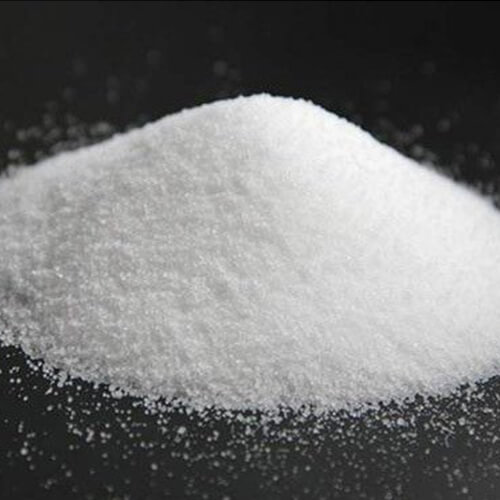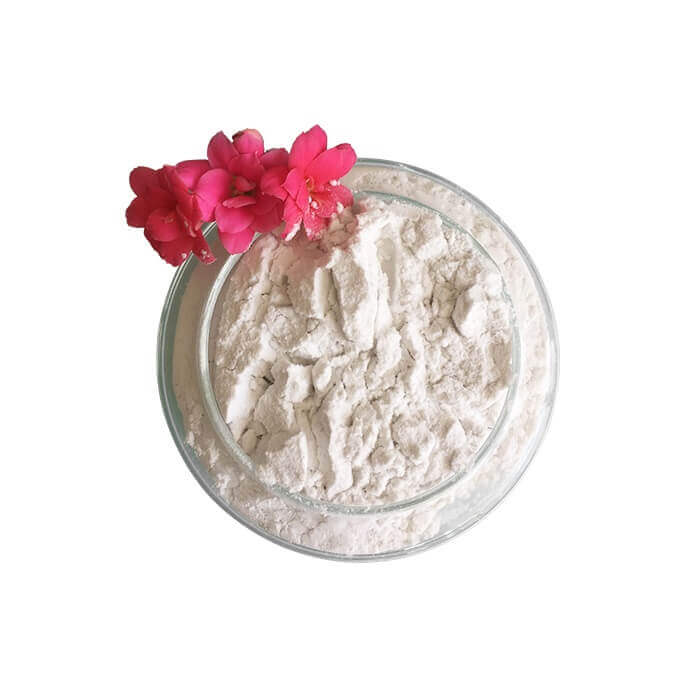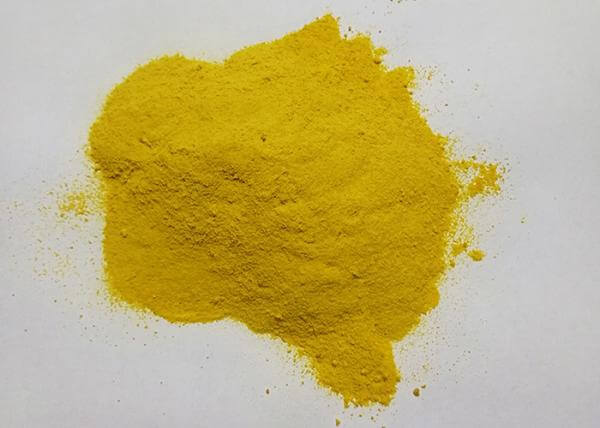خاک دیاتومه چیست
خاک دیاتومه یا خاک دیاتومیت نوعی خاک معدنی است که در اغلب موارد به عنوان کمک کننده فیلتر و صافی ذرات جامد معلق در مایعات از آن استفاده می شود.
پلی آلومینیوم کلراید چیست
پلی آلمینیوم کلراید درواقع یک ماده منعقد کننده پلیمری و البته معدنی می باشد که درجهت تصفیه آب آشامیدنی، فاضلاب شهری و کشاورزی کاربردی می باشد.
سدیم تری پلی فسفات چیست
سدیم تری پلی فسفات که یک نمک پنج آنیونی بوده در مقیاس بزرگتر به عنوان ماده اولیه محصولات خانگی و صنعتی از جمله مواد شوینده به حساب می آید.
خاک دیاتومه
خاک دیاتومه (Diatomaceous earth) که از آن با نام های دیگری چون خاک دیاتومیت، خاک دیاتومید، کیسلگور یا کیزلور (kieselguhr) نیز یاد می گردد، نوعی خاک می باشد که حاصل از بقایای فسیلی جلبک های تک سلولی پوسته سخت متعلق به خانواده جلبک های دریایی باسیلاریوفیس به نام دیاتومه حاصل شده است. رسوبات خاک دیاتومه معمولاً به صورت ریز دانه بوده و اسکلت خاک دیاتومه از ماده ای طبیعی به نام سیلیس ساخته شده است، به همراه سیلیس مقادیر ناچیزی از مواد آلی، رس و در برخی موارد رسوبات آتشفشانی نیز مشاهده می گردد.

سدیم تری پلی فسفات
سدیم تری پلی فسفات به عنوان ماده ای اصلی در مواد شوینده، پاک کننده ها و صابون ها به اشکال مختلف از جمله ژل، مایع، پودر و قالب ماشین لباسشویی و ظرفشویی استفاده می شود. شمار زیادی از محصولات پاک کننده در مصارف خانگی از جمله پاک کننده های سطحی، آرایشی و بهداشتی حاوی سدیم تری پلی فسفات می باشند. از دیگر کاربردهای سدیم تری پلی فسفات می توان به استفاده از آن در خمیردندان با استفاده از قدرت پاک کنندگی آن اشاره نمود. در اروپا میزان استفاده از سدیم تری پلی فسفات مابین 90 الی 95 درصد برای مصارف خانگی به دلیل کاربرد سدیم تری پلی فسفات در شوینده ها می باشد.

فروش تری سدیم فسفات


